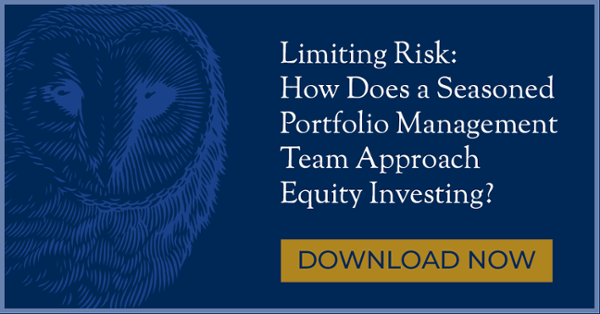Market Volatility Offers Investors a Reminder: Quality Counts
With stocks crossing into bear market territory, it’s been a tough period for equities. But credit the market sell-off for one thing: it’s been discerning. Stocks are down broadly, but lower-quality companies bore the brunt of the sell-off.
The volatility underscores why we take a high-quality approach to stock selection. In volatile periods the market typically recognizes stocks of companies with greater earnings stability and stronger balance sheets. Conversely, companies with higher debt levels or speculative growth models are typically punished harder in market downturns and have been again in March.
We believe holding a portfolio of these higher-quality companies leads to outperformance in periods of market stress, and, in turn, better relative performance over a full market cycle. The recent volatility underscores the value of this approach.
The market rout has punished low-quality stocks most
At Dana, we assess the quality of a company based on several qualitative factors including the history of its management team, ESG factors and the sustainable competitive advantages the business possesses. We also gauge quality by several quantitative factors including strong free cash flow*, high levels of profitability and metrics such as a high return on equity (ROE)** or high return on assets (ROA)***.
The tables below show how lower quality companies have been punished most during the market rout. The first table separates stocks in the S&P 500 into quartiles based on their ROE. The first quartile has the highest ROE levels, while the stocks in the fourth quartile have the lowest ROEs. As one can see, there is a wide performance gap between the first and fourth quartile so far this year.
The second table shows S&P 500 companies divided into quartiles based on their ROA. Here too, companies with the highest ROAs have held up better during the market rout.
Performance based on ROE
|
ROE Quartile |
YTD Performance |
|
First Quartile |
-22.52% |
|
Second Quartile |
-24.24% |
|
Third Quartile |
-30.05% |
|
Fourth Quartile |
-32.69% |
Performance based on ROA
|
ROA Quartile |
YTD Performance |
|
First Quartile |
-18.93% |
|
Second Quartile |
-28.41% |
|
Third Quartile |
-26.69% |
|
Fourth Quartile |
-35.00% |
Source: Morningstar. As of 3/17/2020.
Time to think about downside risk management again
Markets have been on a relatively consistent climb for more than a decade now. In such periods, it’s easy to forget that bear markets can – and do – happen. In down markets, quality counts more than ever. We believe investment strategies focused on finding the highest quality stocks can navigate market turbulence more smoothly and outperform over the long run.
* Free cash flow assesses how efficiently a company generates cash. It is found by subtracting a company’s capital expenditures from its cashflow from operations.
** Return on Equity (ROE) is a measure of financial performance. It is calculated by dividing net income by shareholders' equity.
*** Return on Assets (ROA) is a financial ratio showing the profit a company earns in relation to its resources. It is typically calculated by dividing net income by total assets.



